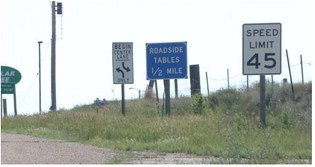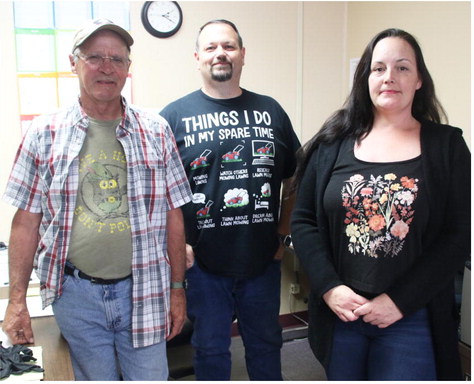Montana Sees Second Carbon Monoxide Death
Safety Tips Recommended By CDC
Another Montanan has died of apparent carbon monoxide poisoning following the Dec. 11 death of Lustre resident Kenneth Portra.
According to the Bozeman Daily Chronicle, emergency crews responded to a report of a strange odor at about 11:15 a.m. Sunday, Dec. 29, in the Bozeman area. One elderly woman was confirmed dead, with the fate of another unknown at press time.
An investigation by city officials found carbon monoxide level as high as 360 parts per million in the home. Levels above 70 ppm will trigger a carbon monoxide alarm.
According to the Mayo Clinic, extended exposure causes increasing symptoms, starting with headaches, dizziness and nausea to shortness of breath, confusion, loss of consciousness and death.
The Center for Disease Control states that over 400 Americans die from unintentional carbon monoxide poisoning not linked to fires every year and another 20,000 visit the emergency room. More than 4,000 people have to be hospitalized from the gas annually.
Carbon monoxide is an odorless gas that occurs whenever fuel is being burned in gas or diesel engines such as those found in automobiles, lanterns, stoves, fireplaces or furnaces.
The CDC recommends that a carbon monoxide detector be installed in homes and that the batteries be replaced each time a person changes the clocks for daylight savings. Detectors should be replaced every five years. The CDC also recommended that heating systems, water heaters and any gas, coal or oil burning appliances be serviced each year by a qualified technician. Chimneys and vents should also be checked for obstructions each year and any gas appliances should be certified by a national testing agency. It is never recommended that gas heaters, charcoal fires, camp stoves or gas or diesel generators be used indoors or within 20 feet of a window or door.
Following Portra’s death in Lustre, Valley County Sheriff Tom Boyer told the Northern Plains Independent that area residents should have monitors installed. “If you heat your home with fossil fuels,” said Boyer, “it makes sense to have monitors installed. Maybe more than one.”
A carbon monoxide poisoning fact sheet is available at cdc.gov/co/factsheets.htm. The CDC also offers fact sheets for generator safety and furnace safety.
If you have had a poisoning incident related to any generator currently on the market, the CDC asks that you please report it immediately at saferproducts. gov.


